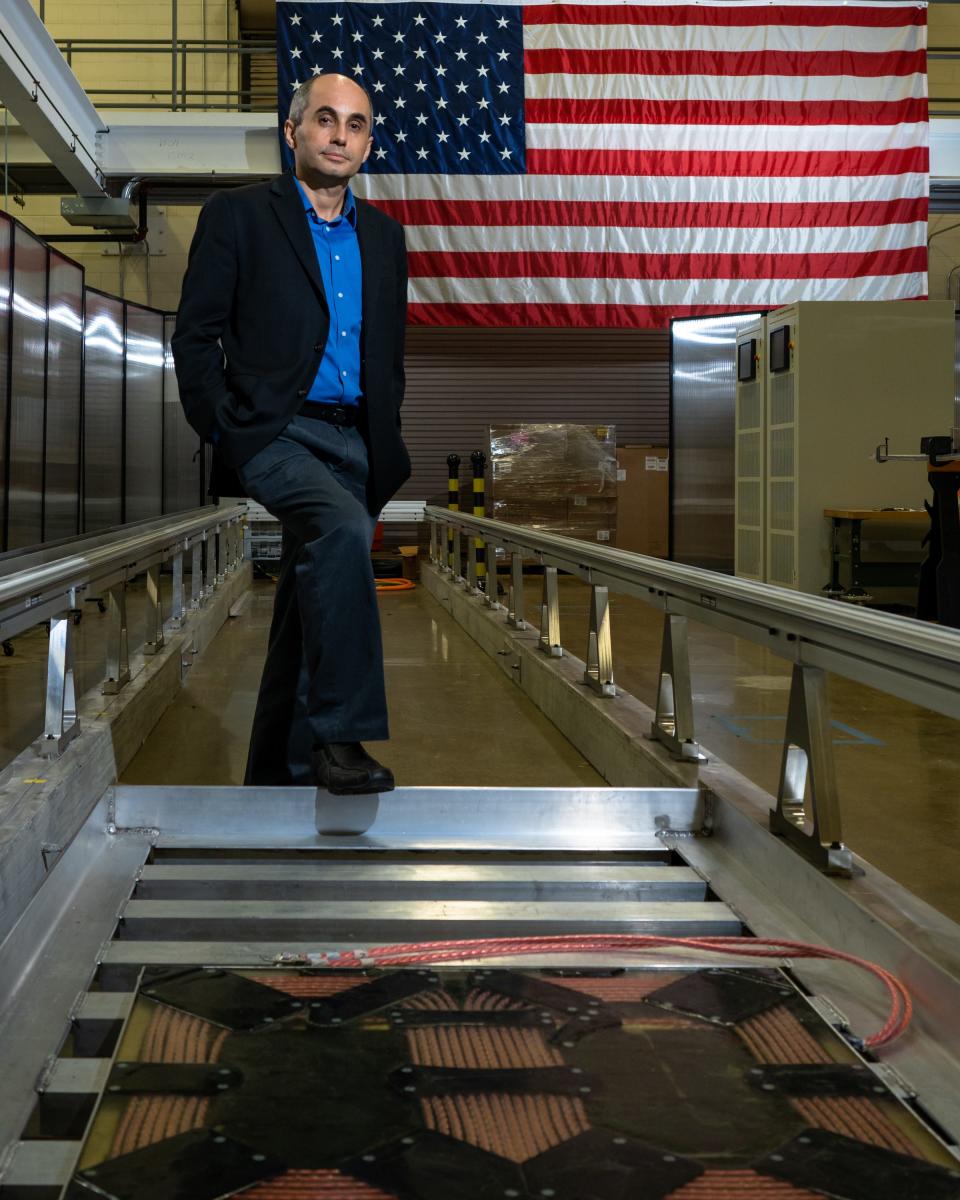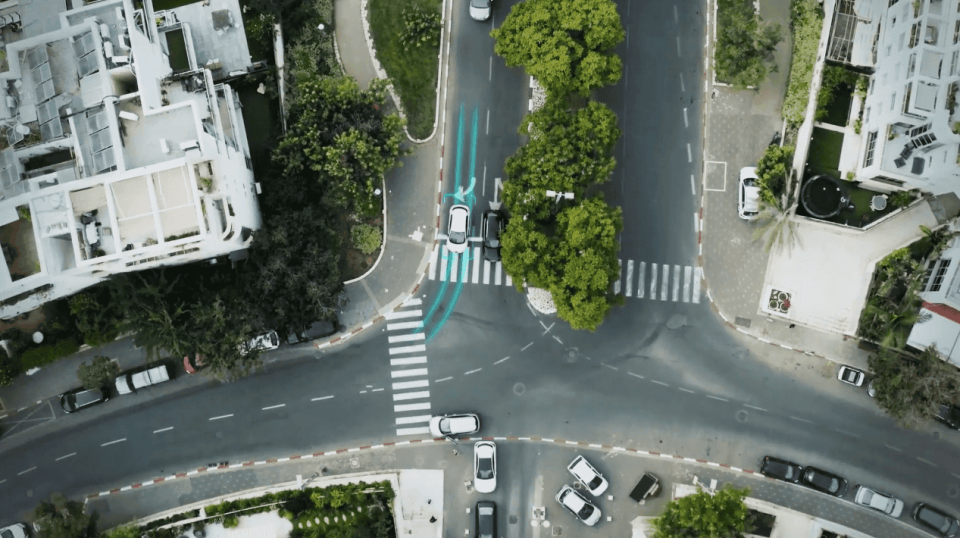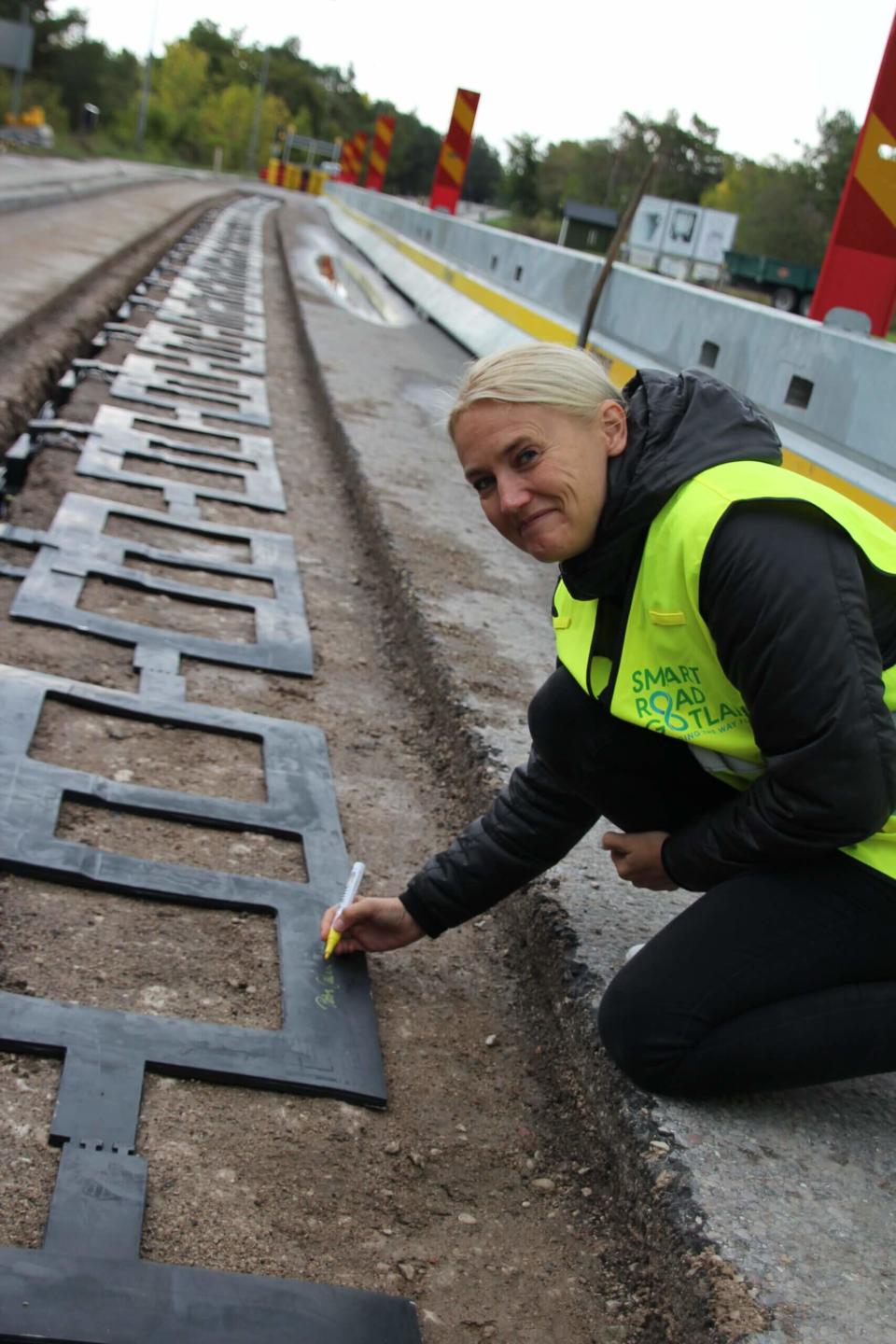'Electrified roadways': Coils hidden in streets could charge your electric vehicle while you drive
The future of powering electric vehicles may soon be under your nose. Your feet, actually.
By summer 2023, about a mile of road near downtown Detroit should contain inductive charging coils, the first step in a program that aims to address some of the biggest challenges to EV adoption: cost, weight, range and electricity generating capacity.
The joint project includes the state of Michigan, city of Detroit and several private companies.

The federal Department of Energy’s Oak Ridge National Lab also is working on wireless in-road charging.
Wireless in-road charging could eliminate two leading complaints about EVs:
Cost
Stopping to charge on long trips
The cost savings would come from using smaller, less expensive batteries. Stops to charge could be virtually eliminated if major routes offered in-road charging.
“With electrified roadways, you don’t ever have to stop to charge,” said Burak Ozpineci, who leads vehicle and mobility systems research at ORNL, near Knoxville, Tennessee. “It also allows for smaller batteries, which reduces vehicle cost.
“Charging in motion also allows you to keep the battery operating at its most efficient level.”
Batteries also are the heaviest components in an EV. Shrinking them would allow automakers to make other parts of their EVs lighter and more efficient, too.
Feasible now
Researchers say the technology is ready for commercial use today.
Wireless charging can either take place while vehicles are in motion or when stopped at traffic lights, stop signs, etc.
The Detroit project is frequently referred to as "Michigan Avenue," the artery that travels through southwest Detroit from downtown, but the specific location has not been disclosed. Inductive charging coils — like those used by wireless smartphone chargers — will implanted in the road.
Tests by the SAE engineering society and others have shown wireless vehicle charging works safely and efficiently even when the surface is covered by water, ice or snow.

Today’s electric vehicles must be stationary and plugged in to charge, but there’s no reason they couldn’t accept the charging wirelessly, even while moving.
The Michigan project will allow automakers, utilities suppliers and government bodies to learn about wireless charging together.
The dash for power: As electric vehicle sales surge, public charging stations in the U.S. lag
Reducing stress on the power grid
“Wireless charging is an enabler to make EVs more cost-efficient,” said Electreon Vice President Stefan Tongur. Electreon has created pilot projects for in-road charging in Europe and Israel. It is building the United States’ first wired public road in the Michigan Central tech district developing around Detroit’s old central rail depot.
In-road charging is more efficient because vehicles can charge more or less continually, whenever they’re over a charging coil, instead of only while stopped at the high-powered DC fast chargers necessary for quick charges during long trips. By charging continually, the inductive coils can use lower currents than DC fast chargers. That will reduce peaks and valleys in charging to reduce strain on the electric grid by spreading the charge over hours of driving rather than a few minutes parked at a station.
“Power needs are more predictable if you know vehicles are consuming over a long period,” Tongur said.
EV reliability: Ford, General Motors and Stellantis, make some of the least reliable vehicles, customers say.
Long range without expensive batteries
Automakers are currently embroiled in an arms race to offer the longest vehicle range. Achieving that takes bigger, heavier and more expensive batteries.
Access to wireless charging in-road charging could reduce or eliminate the need for long-range batteries. Many EVs could operate with small batteries that provide enough range for local travel.

The charging coils can be at intersections and other places where vehicles pause or placed under a portion or all of the road for charging in motion. Oak Ridge is testing high currents under 10% of the road surface, while some of Electreon’s work focuses on lower currents under longer stretches.
The cost should be manageable if the coils are installed as part of major projects to replace pavement, Tongur said: “We can install 1 kilometer (six-tenths of a mile) of coils a day easily.”
Climate change: The massive 2021 infrastructure act aimed to fight climate change. Is it living up to Biden's pledge?
Lower costs for EV delivery vans
Static charging will likely come first, topping up commercial vehicles in depots or loading docks.
“It reduces the cost of EVs, and increases uptime for delivery vehicles,” Tongur added.

No production vehicles charge wirelessly today, but the technology is proven. Genesis is currently testing wireless charging on GV60 SUVs in South Korea. BMW ran a similar program in California. All that’s necessary is an inductive coil under the car similar to those in the road. Oak Ridge lab is developing coils of varying sizes for different vehicles.
Wireless charging has been tested for safety and effectiveness in rain, ice and snow.
Contact Mark Phelan: mmphelan@freepress.com. Follow him on Twitter @mark_phelan. Read more on autos and sign up for our autos newsletter. Become a subscriber
This article originally appeared on USA TODAY: Detroit in-road electric vehicle charging coils could help power EVs
